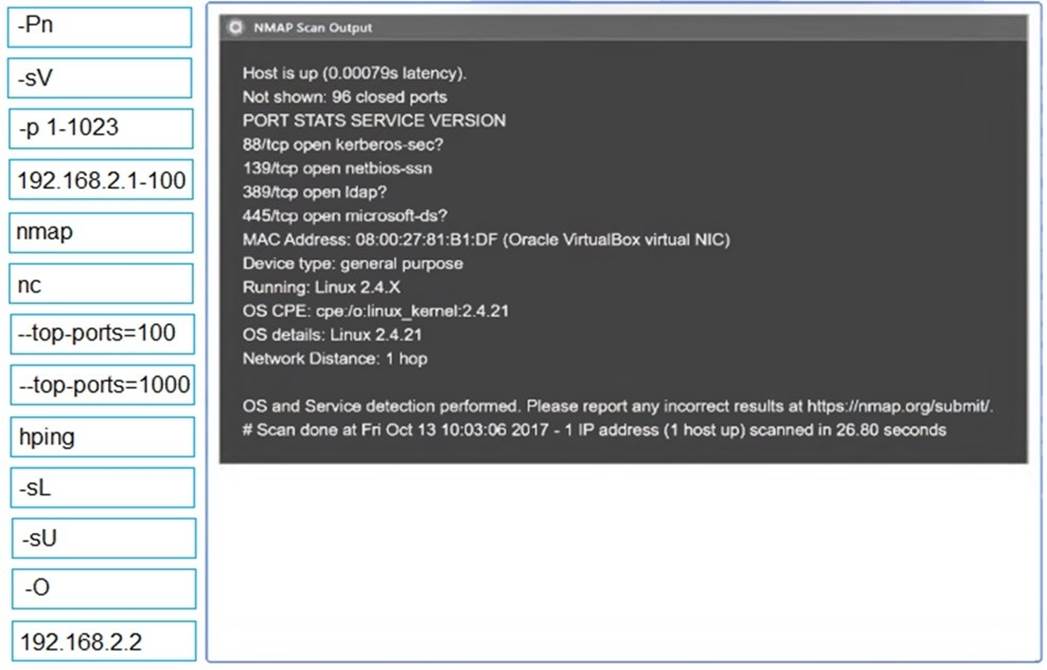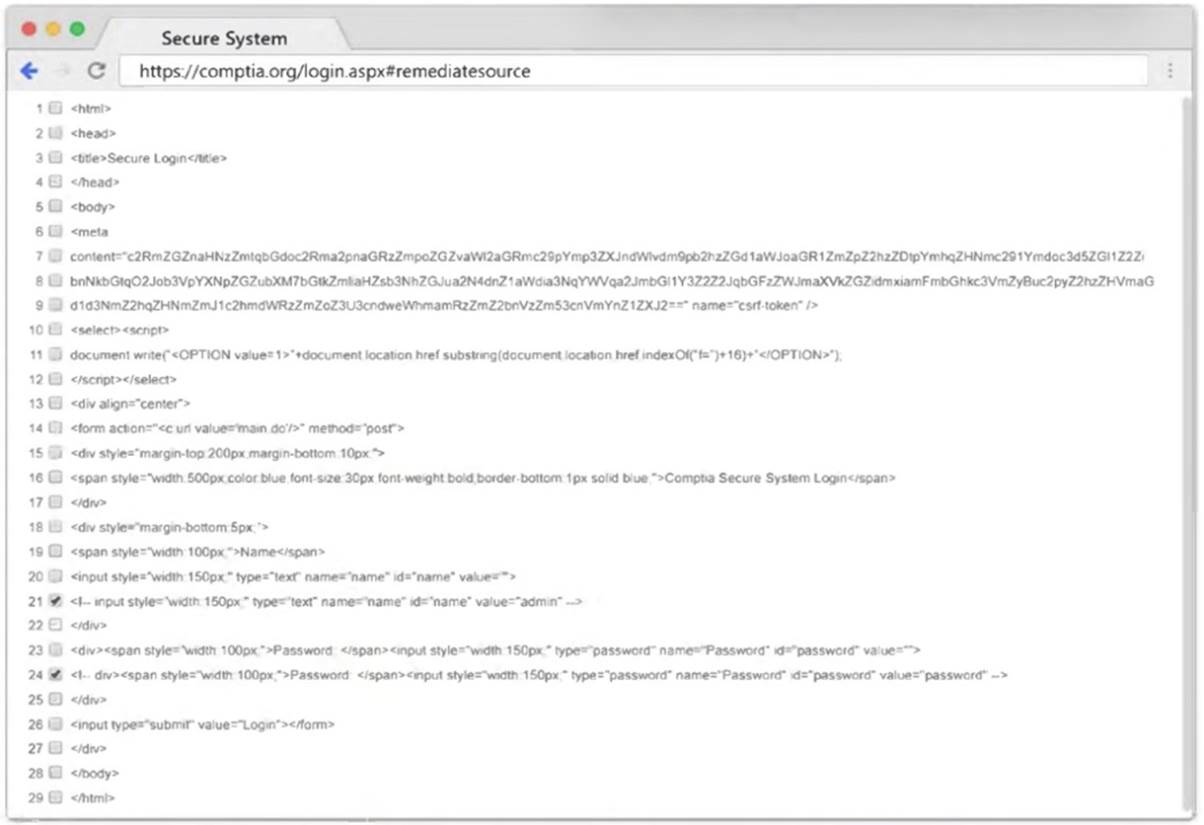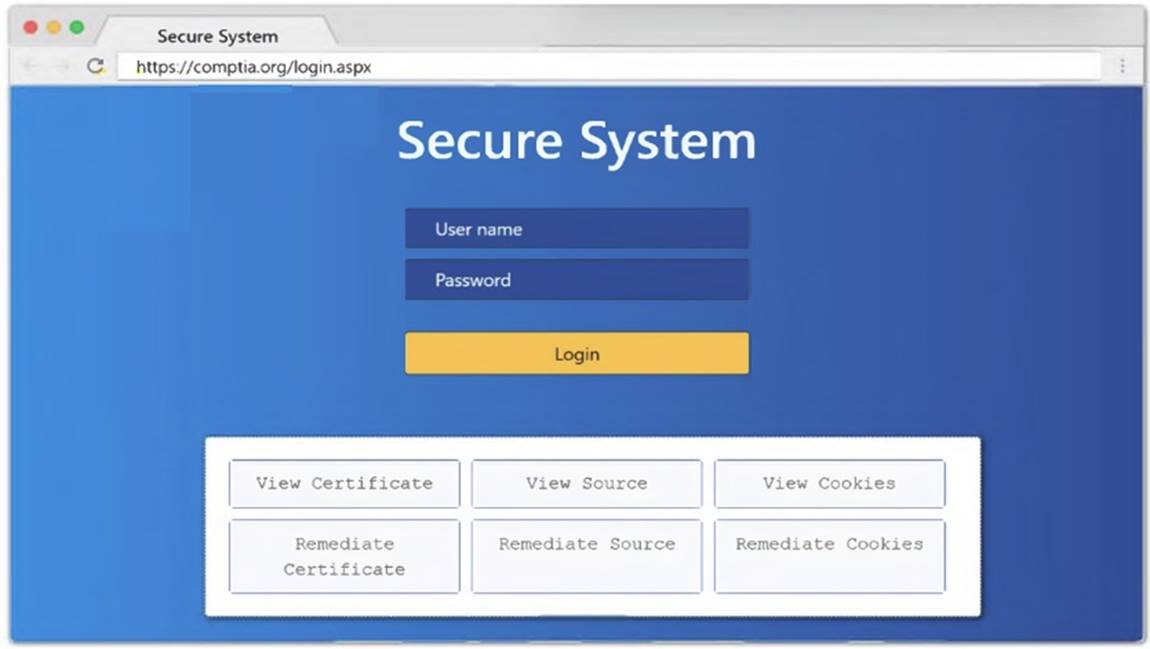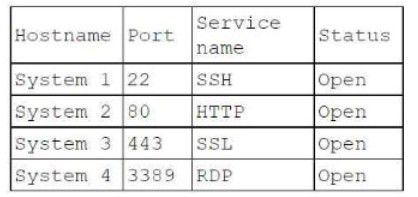As part of an engagement, a penetration tester wants to maintain access to a compromised system after rebooting. Which of the following techniques would be best for the tester to use?
Correct Answer:
C
To maintain access to a compromised system after rebooting, a penetration tester should create a scheduled task. Scheduled tasks are designed to run automatically at specified times or when certain conditions are met, ensuring persistence across reboots.
✑ Persistence Mechanisms:
✑ Creating a Scheduled Task:
schtasks /create /tn "Persistence" /tr "C:\path\to\malicious.exe" /sc onlogon /ru SYSTEM
✑ uk.co.certification.simulator.questionpool.PList@7b2e6d1d (crontab -l; echo "@reboot /path/to/malicious.sh") | crontab -
✑ Pentest References:
By creating a scheduled task, the penetration tester ensures that their access method (e.g., reverse shell, malware) is executed automatically whenever the system reboots, providing reliable persistence.
=================
Which of the following is a term used to describe a situation in which a penetration tester bypasses physical access controls and gains access to a facility by entering at the same time as an employee?
Correct Answer:
C
Tailgating is the term used to describe a situation where a penetration tester bypasses physical access controls and gains access to a facility by entering at the same time as an employee.
✑ Tailgating:
✑ Physical Security:
✑ Pentest References:
By understanding and using tailgating, penetration testers can evaluate the effectiveness of an organization??s physical security measures and identify potential vulnerabilities that could be exploited by malicious actors.
=================
SIMULATION
SIMULATION
Using the output, identify potential attack vectors that should be further investigated.




Solution:
1: Null session enumeration Weak SMB file permissions Fragmentation attack
2: nmap
-sV
-p 1-1023
: 192.168.2.2
3: #!/usr/bin/python export $PORTS = 21,22 for $PORT in $PORTS: try:
s.connect((ip, port))
print(??%s:%s – OPEN?? % (ip, port)) except socket.timeout
print(??%:%s – TIMEOUT?? % (ip, port)) except socket.error as e:
print(??%:%s – CLOSED?? % (ip, port)) finally
s.close() port_scan(sys.argv[1], ports)
Does this meet the goal?
Correct Answer:
A
During a penetration test, the tester identifies several unused services that are listening on all targeted internal laptops. Which of the following technical controls should the tester recommend to reduce the risk of compromise?
Correct Answer:
C
When a penetration tester identifies several unused services listening on targeted internal laptops, the most appropriate recommendation to reduce the risk of compromise is system hardening. Here's why:
✑ System Hardening:
✑ Comparison with Other Controls:
System hardening is the most direct control for reducing the risk posed by unused services, making it the best recommendation.
=================
A penetration tester assesses a complex web application and wants to explore potential security weaknesses by searching for subdomains that might have existed in the past. Which of the following tools should the penetration tester use?
Correct Answer:
C
The Wayback Machine is an online tool that archives web pages over time, allowing users
to see how a website looked at various points in its history. This can be extremely useful for penetration testers looking to explore potential security weaknesses by searching for subdomains that might have existed in the past.
✑ Accessing the Wayback Machine:
✑ Navigating Archived Pages:
✑ Identifying Subdomains:
✑ Tool Integration:
✑ Real-World Example:
✑ References from Pentesting Literature: Step-by-Step ExplanationReferences:
✑ HTB Official Writeups
=================